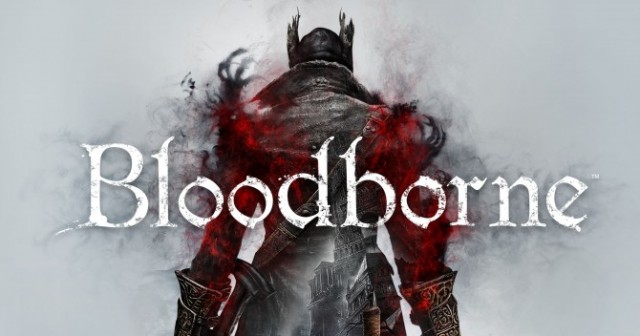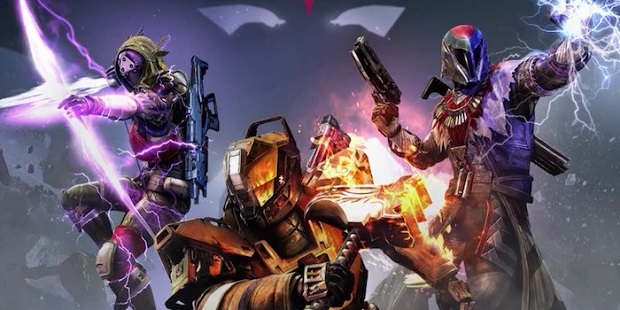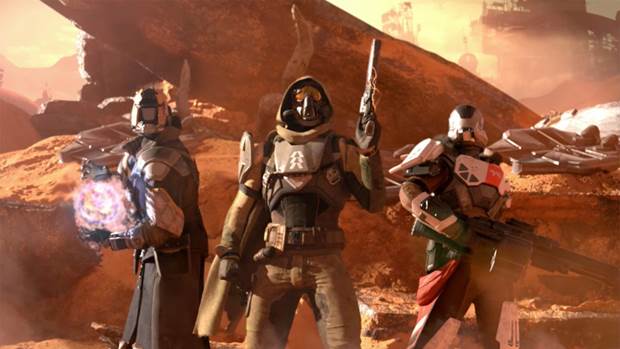

It’s been quite some time since Nintendo has marked a major new IP as a system-seller, but the house of Mario surprised many during E3 2014 by unveiling a brand new property called Splatoon. The wacky third-person shooter was created with the intent to reinvent the shooter genre in a similar way that Mario Kart has impacted the racing game landscape, and there’s no question that it does provide a wholly unique and largely fun experience.
With that said, it’s Nintendo’s inexperience with online multiplayer that causes the overall title to suffer, but Splatoon‘s quirkiness, charm, and quality gameplay still make it a very fun game that’s worth checking out.
Starting off as a creature called an Inkling, players are immediately cast into the world of Splatoon through the game’s central plaza, which acts as a miniature hub world in lieu of a standard menu. In this area, players can customize their in-game character with all kinds of attire and weapons, access the game’s online and local 1-on-1 multiplayer, or jump tentacles first into the game’s campaign.
As many would assume based on Nintendo’s advertising for the title thus far, the main appeal of the game is unquestionably its multiplayer component. This is where the depth of Nintendo’s latest starts to show, throwing users into battles against one another while utilizing some of the most unique gameplay mechanics ever seen in a shooter, courtesy of its standard ‘Turf War’ mode.
Online multiplayer puts players on a team with three other Inklings as they go head-to-head with another 4-player team in an attempt to coat as much of the battleground as possible with their color. The team that’s covered most of the map with their respective ink by the time the end buzzer sounds wins.
While that’s all well and good, the ink itself will dramatically impact the way players traverse through the in-game environments. If the ink on the floor is the player’s team’s color, they can transform into a squid and zip underneath the surface much faster than regular running. Once in squid form, players can also wait stealthily for other players to enter their ink-covered domain and surprise them for an easy ‘splat’ (read: kill), simply transform to escape an area in a hurry, or enter the goo to regenerate their own supply of ink.
Meanwhile, players can completely customize the stats of their respective Inkling for online combat by purchasing better clothing and weapons. Each piece of clothing has different benefits that change more than just the look of the avatar, so the effectiveness of weapons and spawn times will be altered depending on what’s applied. As players level up and earn more in-game currency, they’ll gain the ability to buy even more groovy garb and they’ll also be granted the chance to build upon their collection of armaments.
The end result is something that shakes off the fatigue that many may have been experiencing from recent shooters, and is likely to keep players engaged for hours on end. Despite this, there are a number of design issues that prevent the game from being as enjoyable as it could have been. For starters, once a search has begun for a match it’s impossible to back out – users can’t even exit by tapping the Wii U home button on the GamePad.
If that weren’t annoying enough, swapping weapons mid-match is also impossible, which means players can’t adapt their strategy on the fly or coordinate weapons. Uniformity can be great, but if everyone is using a Roller (a large paint roller that covers larger areas but is meant purely for extreme close combat) then the entire team is immediately at a disadvantage when it comes to ranged attacks. Combine this with the fact that there’s no way to see what other players have selected prior to the match, nor is there voice chat to talk amongst one another and create a well-rounded platoon, and it becomes very obvious that the game wasn’t designed for competitive play.
Last, but not least, stages are rotated in and out of play in pairs of two. This means that anyone hoping to try out a variety of maps will have to wait hours in between play sessions in order to do so, as they await an update from Nintendo informing them that two new maps are now playable for a certain amount of time. It’s hard to say why the Big N opted to include this, and while all of the maps are fun in their own way, it gets tedious replaying the same areas during a single sitting.
Outside the multiplayer component, Splatoon also features a single-player campaign for those hoping to enjoy some offline action. This mode features evil creatures known as the Octarians that are trying to usurp the Inklings and take over their world. The mode spans five worlds, totalling 32 levels across the entire game, and each of these areas features a unique end-world boss.
These missions are a nice change of pace from the game’s multiplayer modes, and they make for some of the more interesting segments of the entire title. With various scenarios to play, baddies to vanquish, and Sunken Scrolls to collect, it’s enjoyable – but very short-lived. The entire story mode will only takes a few hours to complete, and the Sunken Scrolls hidden throughout each level aren’t all that challenging to find. Still, there’s ample fun to be had, and it makes for an easier way to nail down Splatoon‘s unique control scheme.
In spite of the shortcomings that accompany this debut IP, there’s no question that it is fun. Nintendo’s trademark aesthetic shines through in even the most minute of details, ranging from the graffiti on the walls to the adorable ‘kersploosh’ that occurs whenever a squid dives into a puddle of ink, and it’s sure to bring a smile to even the most stoic of players’ faces. With that said, this game’s success depends solely on the community that backs it.
Splatoon is a game that will flourish based entirely on the number of continued users it maintains and the prowess of its online system, the latter of which was hit or miss during our pre-release playtest sessions. Still, this unique take on the shooter genre is one that shouldn’t be missed by anyone that’s looking for something that feels wholly unique, let alone fans of Nintendo. There are certainly short-comings that veteran shooter aficionados will pick up on right away, but the game’s willingness to march to the beat of its own drum is admirable and often enjoyable – if not occasionally frustrating.
Splatoon arrives exclusively for the Nintendo Wii U on May 29, 2015 in North America. Game Rant was provided a pre-release review code for the game.




 Ghost Recon Wildlands Wiki – Everything you need to know about the game .
Ghost Recon Wildlands Wiki – Everything you need to know about the game . Destiny Beta Impressions (PS4)
Destiny Beta Impressions (PS4) You Can't But Help Laugh At These Honest Christmas Cards
You Can't But Help Laugh At These Honest Christmas Cards Firefly Pendant List for The Last of Us Remastered
Firefly Pendant List for The Last of Us Remastered Learn to play Rocket League (PC/PS4)
Learn to play Rocket League (PC/PS4)